RESTORATIVE PRACTICES OF WELLBEING
300 practices for connecting with Self, Others, and the Living World.
“A remarkable book...”
“An excellent guide to wellbeing and wholeness that is greatly needed today. I encourage people of all walks of life to read this book.”
“A treasured cookbook for the spirit.”
A brief conversation with Gabriel about Restorative Practices of Wellbeing
Who is this book for?
This book is a compendium of restorative practices. It is for anyone seeking more agency in their own wellbeing, who wants to be inspired by wellness practices they can build into their daily lives.
Why did you write this?
I wrote Restorative Practices of Wellbeing to explore the notion that connection is the foundation of wellbeing. The book is an extended meditation on connection with Self, Others, and Nature. It is an attempt to reclaim agency over our wellbeing.
It was also written as the analog app to the autonomically-informed software platform that I architected with the Hearth Science team.
The book lists hundreds of practices. Do you have a favorite practice?
That’s a tough one, because there are so many practices, and I find that it depends on what is happening in my life. But some practices I really couldn’t life without?
Making art, forest tending, gratitude practices. Dancing. Campfires. I guess I should explain that the book is arranged in themed sections. For example, there is a section about movement practices. A section about sensory practices. And so on.
Anything else you’d like to tell us about the book?
Well, this was our first collaboration with the inimitable book designer Kevin Barrett Kane, who is just extraordinarily gifted at designing books. We really went for it visually: the book is hardcover, it is 6.25 x 9.25 inches, 415 pages, with a full-color interior; designed to be a conversation piece. It is a book to leave by the bed. Or by the couch. Something you can pick up and leaf through, or read cover to cover.
It is also probably the first book [that exists] that used QR codes to link to video in a systematic way. So the book itself is the analog app to our autonomically-informed software platform. This is something we had never seen done before.
hundreds of practices


